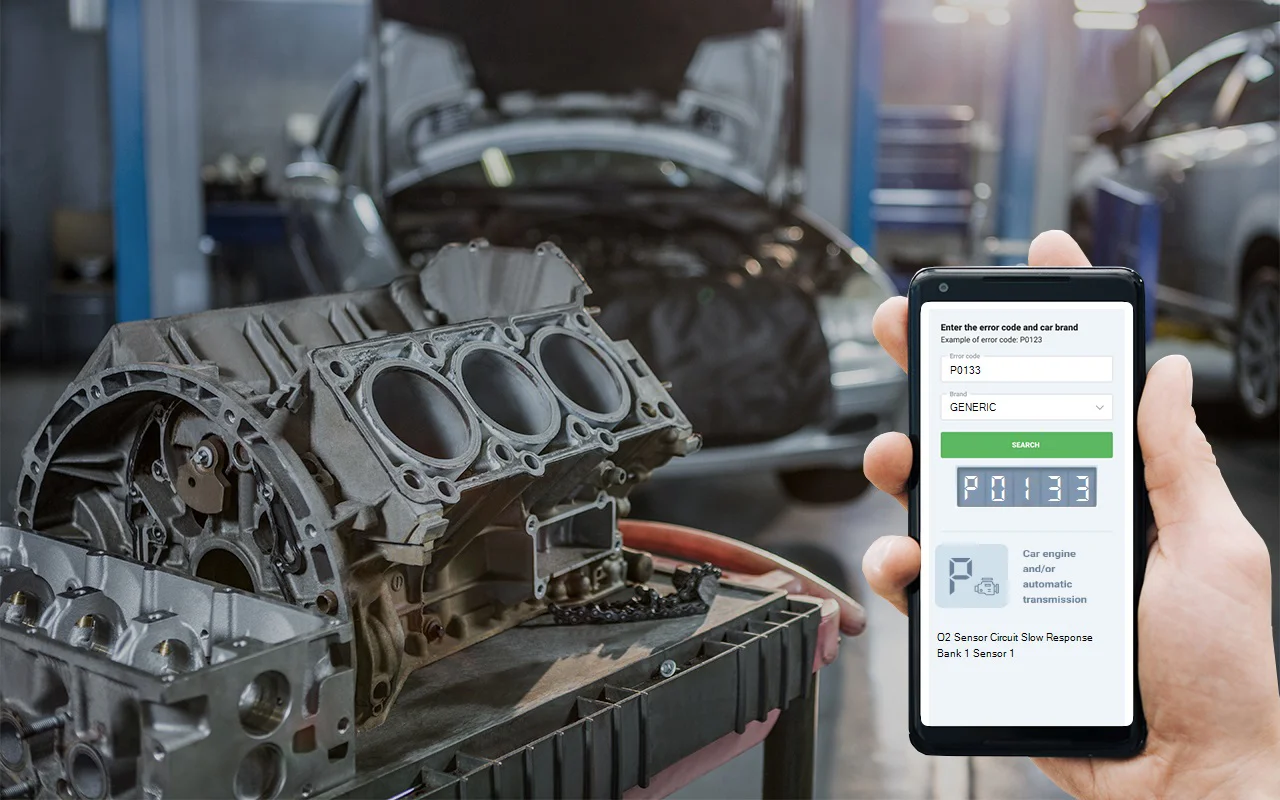The OBD code mentioned is detected in many car brands, including Toyota, Renault, KIA, Nissan, Hyundai, Volkswagen, Ford, Mercedes, BMW, Skoda, and others.
The oxygen sensor (O2) in bank 1, sensor 1 interacts with the engine control module (ECM) to monitor the amount of oxygen leaving the engine. The ECM uses signals from this sensor to adjust the air-fuel ratio in the engine.
By adjusting this ratio, the ECM aims to optimize fuel consumption and reduce air pollutant emissions from the engine. The O2 sensor sends voltage readings back to the ECM, reporting the gas composition and contributing to the engine’s optimal operating condition.







